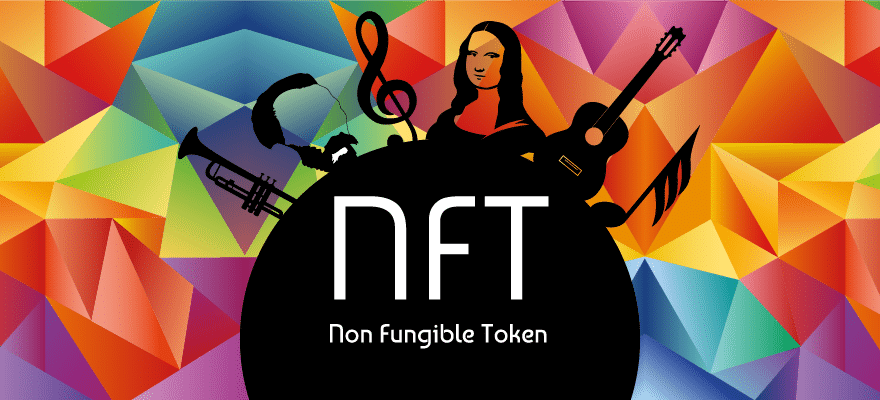First Off: Understanding (a Little Bit about) the Blockchain
Whether you are into crypto or not, if you are trying to understand NFTs, you might want to start with the concept of the blockchain, or at least a part of it.
If you have ever used a debit card, the process is simple: when you attempt to buy goods or services, a transaction is bound to be made.
As such, data is sent from the terminal from where you are swiping your card at your bank which, in turn, will verify whether you have sufficient funds to purchase whatever you want or not.
Depending on your funds, the transaction will be approved or rejected. The blockchain does the same thing with Cryptocurrencies , and all users are collectively and unyieldingly verifying whether you have enough coin or not.
Enter NFTs
Consequently, there is only one small step going from coin to NFT as the only thing the blockchain cares about is whether the buyer has enough funds or not.
The group verifies the legitimacy of every transaction, and the major difference is that, when dealing with NFTs, we are applying the blockchain concept to something which isn’t money or currency.
By that logic, an NFT functions as proof of ownership as it gets written in a public and unalterable ledger which attests to its uniqueness.
So, What Exactly Is an NFT?
NFT stands for Non-Fungible Token and, by definition, it means that each one of them is uniquely original, non-interchangeable and non-replaceable.
They are one of the types of cryptographic tokens which represent ownership of digitally scarce goods such as art pieces, collectibles, virtual items within video games, music, tokenized real word assets, video footage, screenshots, etc.
What Are Its Net Properties?
- Uniqueness: each NFT has different properties that are usually stored in the tokens metadata.
- Provably scarceness: which can be verified on the blockchain.
- Indivisible: they cannot be fractioned, split into smaller denominations (meaning they cannot buy or transfer a fraction of it.
- They guarantee the ownership of the underlying asset.
- NFTs are easily transferable.
- They are created via ERC.
Sideline Tech Chat: Understanding ERCs
If you want to get technical, here are different types of ERCs, if you don’t skip ahead to the next part:
- ERC-20 is a well-known standard for creating tokens on the Ethereum blockchain. ERC-20 are creating fungible tokens (ex: USDT) which means that the value of each token is exactly the same regardless of which token a user has or receives.
- ERC-721 is the standard for the creation Non-Fungible Tokens as it allows for crafting contracts that can be used to create different and distinguishable tokens with different properties. Cryptokitties and Decentraland are prime examples of this.
- ERC-1155 is the next step into creating Non-Fungible Tokens as it allows the creation of contracts that support both fungible and non-fungible tokens.
The Counterpoint to NFTs
Running blockchain software, minting coins, buying and selling NFTs. All blockchain activities take a toll on the environment and environmentalists have started to raise their concerns as some blockchains now require more electricity to run than some countries.
But, even with the remote possibility of regulatory action, there is much more upside in the world of NFTs and in the future of blockchain tech.
Wrapping Up
NFTs are a game-changer through and through as they entail undeniable benefits in terms of blockchain technology and endless possibilities for users.
As such, you will want to keep your ear to the ground regarding NFT news because this new tech is here to stay.

















